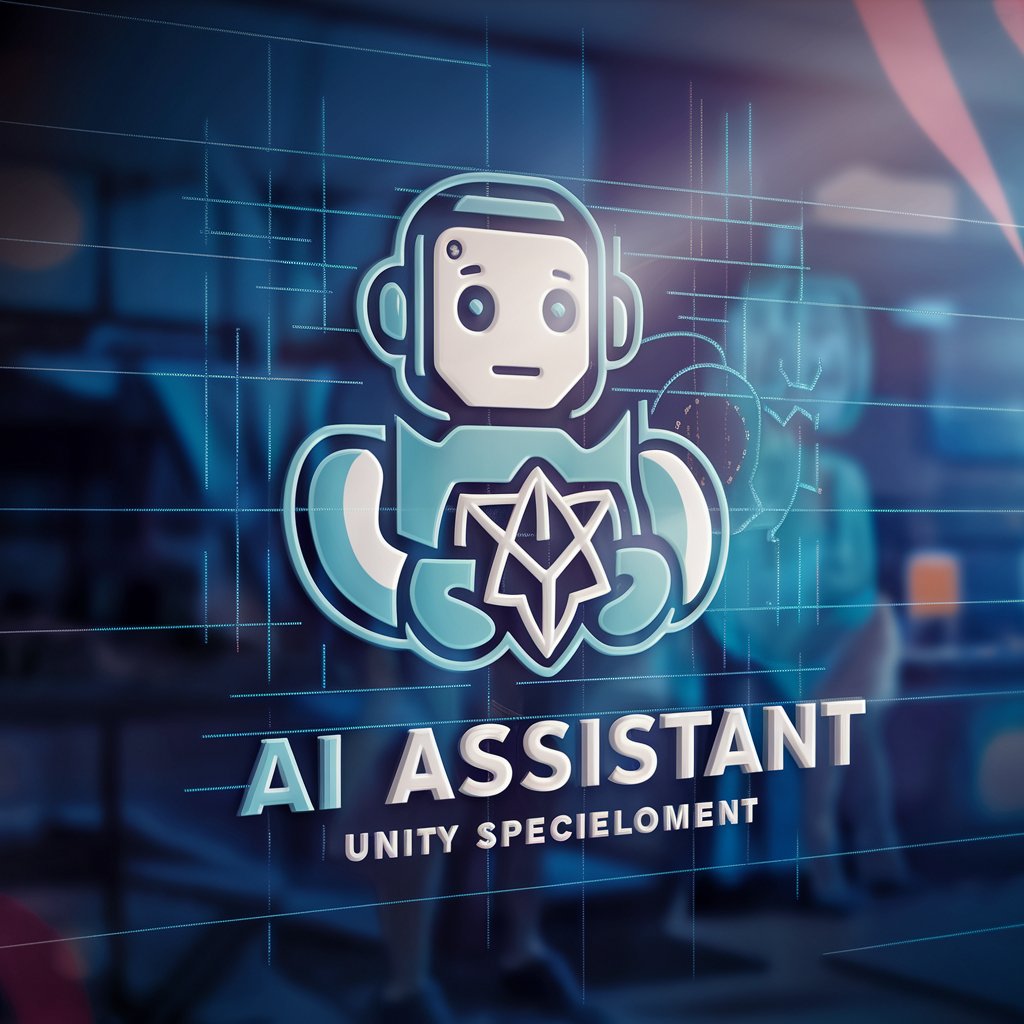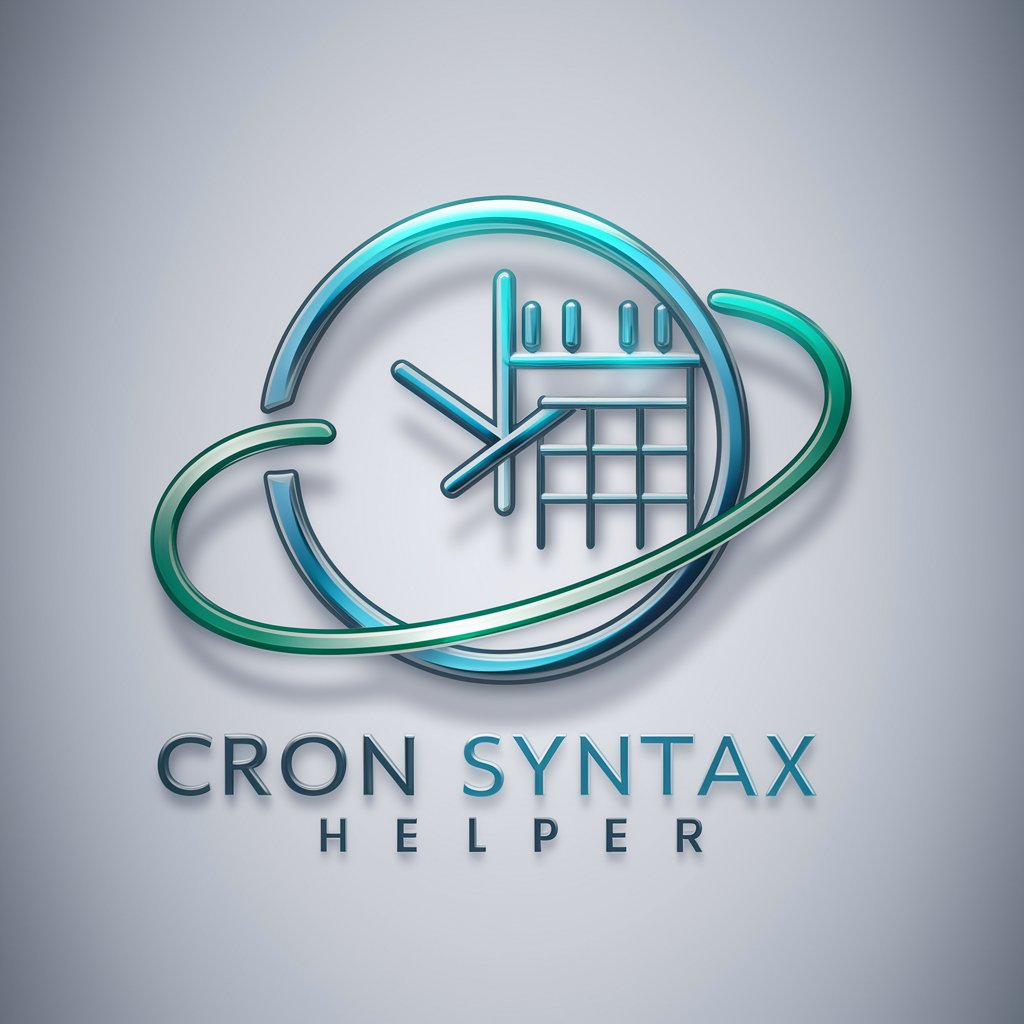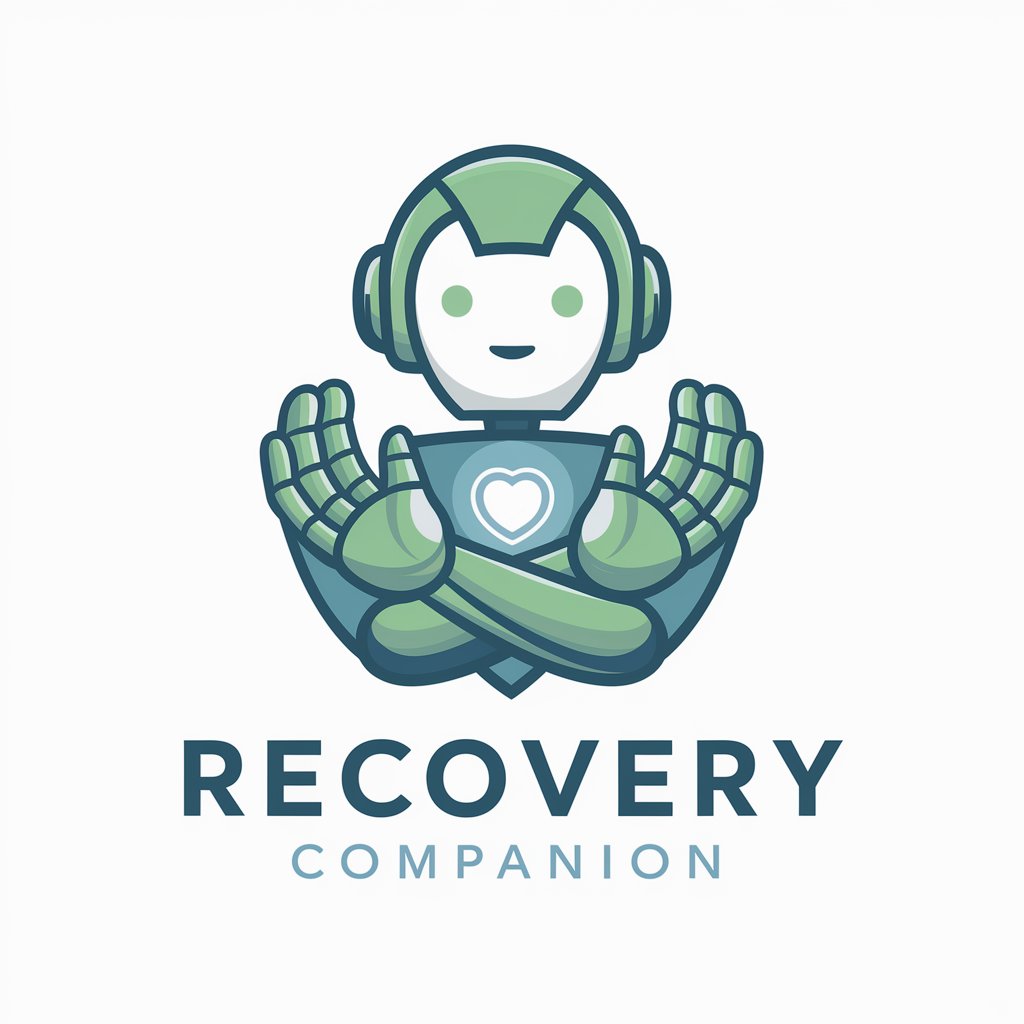Cloudify - Intelligent Cloud Migration Tool

Welcome to Cloudify! Let's transform your IT infrastructure.
Power Your Cloud with AI
Design an architecture that ensures high availability by...
Explain how you would implement a microservices architecture for...
Describe the process of migrating from a monolithic to a serverless architecture...
Outline the steps to optimize cloud resource usage for...
Get Embed Code
Introduction to Cloudify
Cloudify is a Cloud Solutions Architect tool designed to facilitate the migration and management of enterprise IT infrastructures from legacy systems to modern, serverless cloud-native solutions. It focuses on designing microservices architecture based on domain-driven design principles, transforming monolithic applications into smaller, independently deployable services that align with business capabilities. Cloudify is instrumental in adopting cloud-native technologies, including containerization platforms and cloud services from leading providers like AWS, Azure, and Google Cloud. It ensures scalability, resilience, and high availability of architectures, implements effective load balancing, and optimizes resources for cost-effectiveness and performance, emphasizing serverless computing and auto-scaling solutions. Security and compliance with industry standards are paramount, alongside setting up CI/CD pipelines for automated testing and deployment. By educating and training IT staff on new technologies and practices, Cloudify supports a smooth transition and provides ongoing advice, monitoring system performance, and recommending improvements based on emerging technologies and business needs. For example, Cloudify might guide a retail company in migrating its ecommerce platform to a microservices architecture on AWS, improving scalability during peak shopping seasons while optimizing costs and ensuring PCI compliance. Powered by ChatGPT-4o。

Main Functions of Cloudify
Microservices Architecture Design
Example
Breaking down a monolithic application for an online bookstore into microservices such as inventory management, order processing, and user profile management, deployed on Kubernetes.
Scenario
This allows for independent scaling, updating, and maintenance of each service, improving agility and reducing downtime during updates.
CI/CD Pipeline Setup
Example
Automating the software release process for a financial services application, implementing Jenkins pipelines that integrate with GitHub for code commits and Docker for containerization.
Scenario
This streamlines development workflows, enabling faster and more reliable deployments to production environments, and supports continuous integration and delivery.
Serverless Computing Implementation
Example
Utilizing AWS Lambda to handle backend functions for a photo-sharing application, such as image resizing and metadata extraction, triggered by uploads to Amazon S3.
Scenario
This approach minimizes operational overhead and cost by leveraging serverless computing, automatically scaling with demand and charging only for the compute time used.
Cost Optimization and Resource Management
Example
Advising a startup on adopting Google Cloud's BigQuery and Cloud Functions to optimize data processing costs, using a mix of committed use discounts and dynamic scaling.
Scenario
This ensures the startup efficiently manages its cloud expenses while maintaining the flexibility to scale resources according to varying loads, crucial for its data analytics services.
Ideal Users of Cloudify Services
Enterprise IT Departments
Organizations looking to modernize their IT infrastructure, transition from legacy systems to cloud-native solutions, and embrace digital transformation initiatives. They benefit from Cloudify's expertise in scalable, resilient architecture design and cloud-native technologies.
Startup and SMB Technology Teams
Small and medium-sized businesses and startups seeking to leverage cloud technologies for agility, scalability, and cost-efficiency. Cloudify can guide them in implementing serverless architectures, setting up CI/CD pipelines, and optimizing cloud resources for performance and cost.
Software Developers and DevOps Engineers
Teams aiming to enhance their development and operational workflows with automated pipelines, containerization, and microservices. Cloudify offers insights into best practices, security, and compliance, supporting faster and safer software deployment cycles.
Educational Institutions and Training Organizations
Entities that aim to educate their staff or students about cloud computing, microservices, and modern software deployment practices. Cloudify can provide valuable training and support materials, facilitating knowledge transfer and skill development in cutting-edge technologies.

How to Use Cloudify
Begin Your Journey
Visit yeschat.ai to start your free trial effortlessly without any requirement to log in or subscribe to ChatGPT Plus.
Define Your Requirements
Identify and document your specific needs or challenges that you want to address using Cloudify, such as cloud migration, cost optimization, or architectural planning.
Explore Features
Navigate through Cloudify’s various features and tools. Get familiar with its capabilities like scenario-based suggestions, architecture planning, and cost-analysis tools.
Apply Insights
Utilize Cloudify’s suggestions and tools to implement solutions. For example, use its recommendations to structure your cloud architecture or optimize costs.
Monitor and Adjust
Regularly monitor the performance and effectiveness of the solutions implemented. Use Cloudify’s feedback and analysis features to refine and improve your approach.
Try other advanced and practical GPTs
Harmony
Empowering Unity 3D Development

Harmony
Discover Music, Powered by AI

Harmony
AI-powered responsive assistance

Harmony
Strum the strings smarter with AI!

Crono Viajero
Explore history with AI-powered time travel

Cron Syntax Helper
Schedule Smarter with AI

Recovery Companion
Empowering your journey to recovery

Fnord Haiku
Unleash your creativity with AI-powered haikus

AnimalesYCriaturasExtrañas
Explore the animal kingdom with AI-powered guidance.

Polímata
Explore Wisdom Across Cultures

EchoGPT - Read Out Loud
AI-powered voice narration for any text.

Uplifting Companion
Elevate Your Day with AI

Common Questions About Cloudify
What is Cloudify designed for?
Cloudify is designed to aid in the migration of enterprise IT infrastructures to cloud-based solutions, focusing on serverless architectures, cost optimization, and system scalability.
Can Cloudify help with cost management?
Yes, Cloudify provides tools and insights for tracking and optimizing cloud-related expenses, ensuring cost-effective cloud architecture solutions.
Is Cloudify suitable for educational purposes?
Absolutely, Cloudify can be used in academic settings to teach and understand cloud architectures, cloud-native technologies, and real-world application deployment.
How does Cloudify ensure data security?
Cloudify adheres to industry-standard security practices, offering tools and guidelines to help users maintain security and compliance in their cloud architectures.
Can Cloudify integrate with existing CI/CD pipelines?
Yes, Cloudify is designed to seamlessly integrate with existing CI/CD pipelines, facilitating automated testing, deployment, and scaling of applications.
